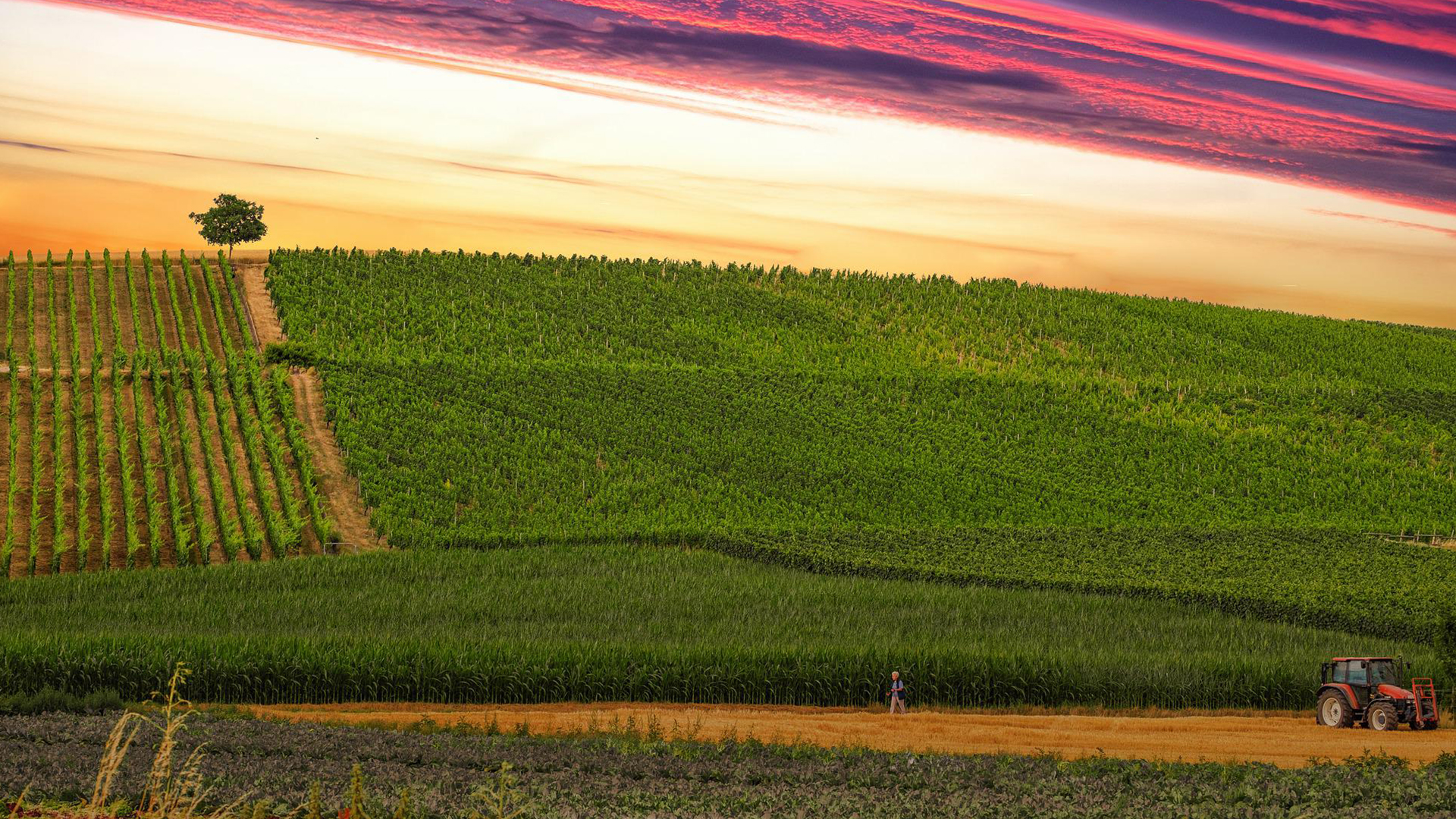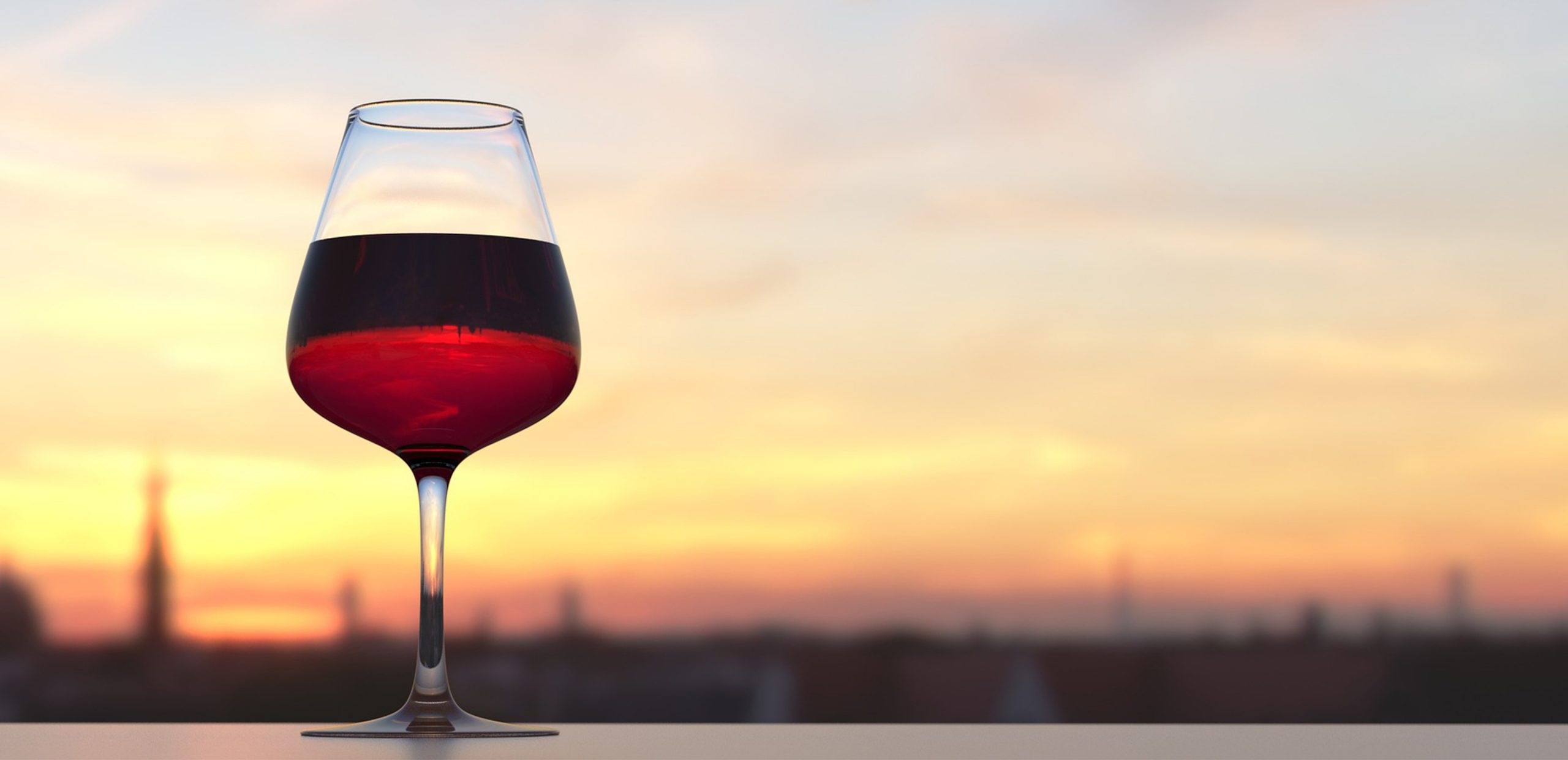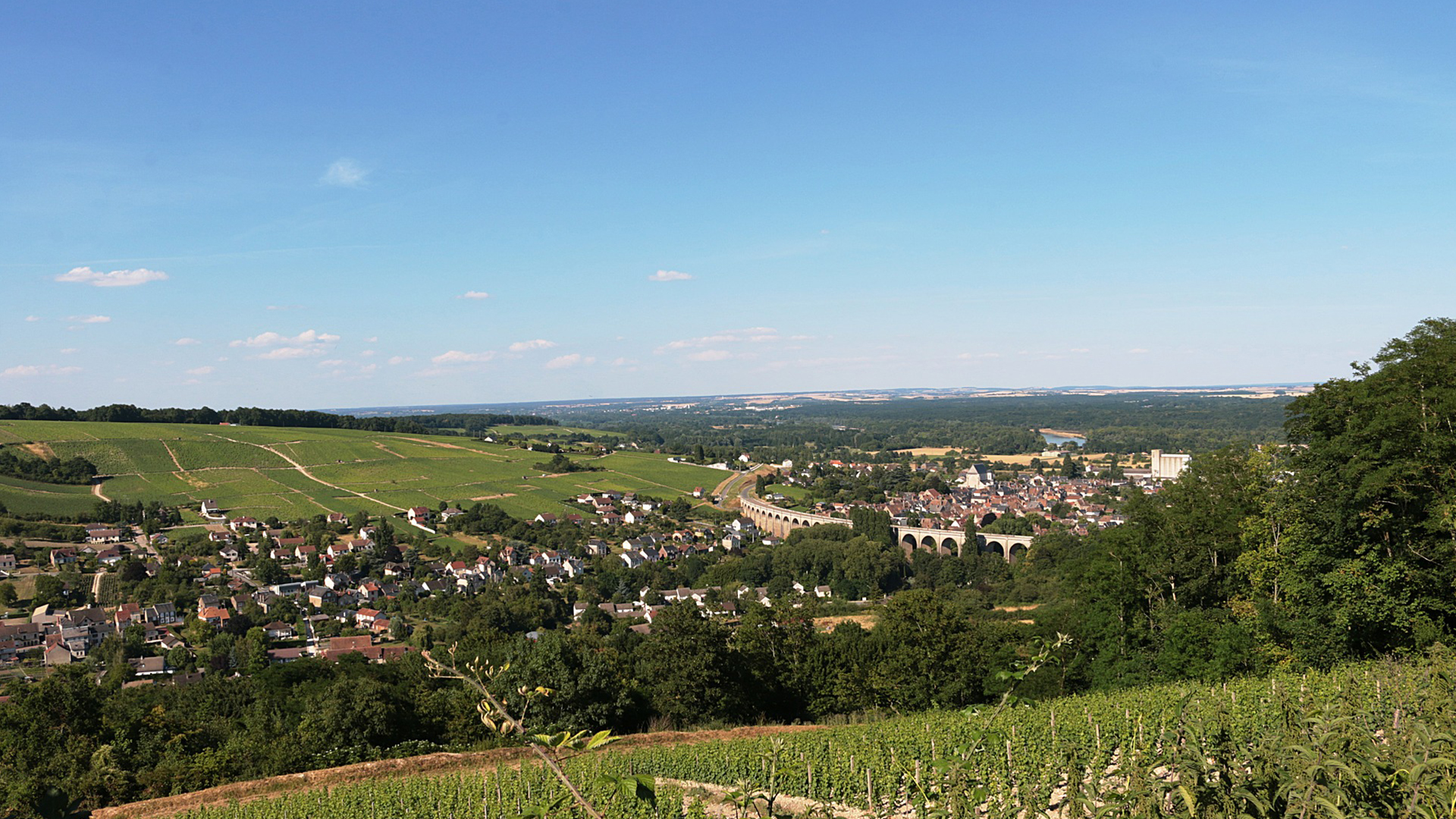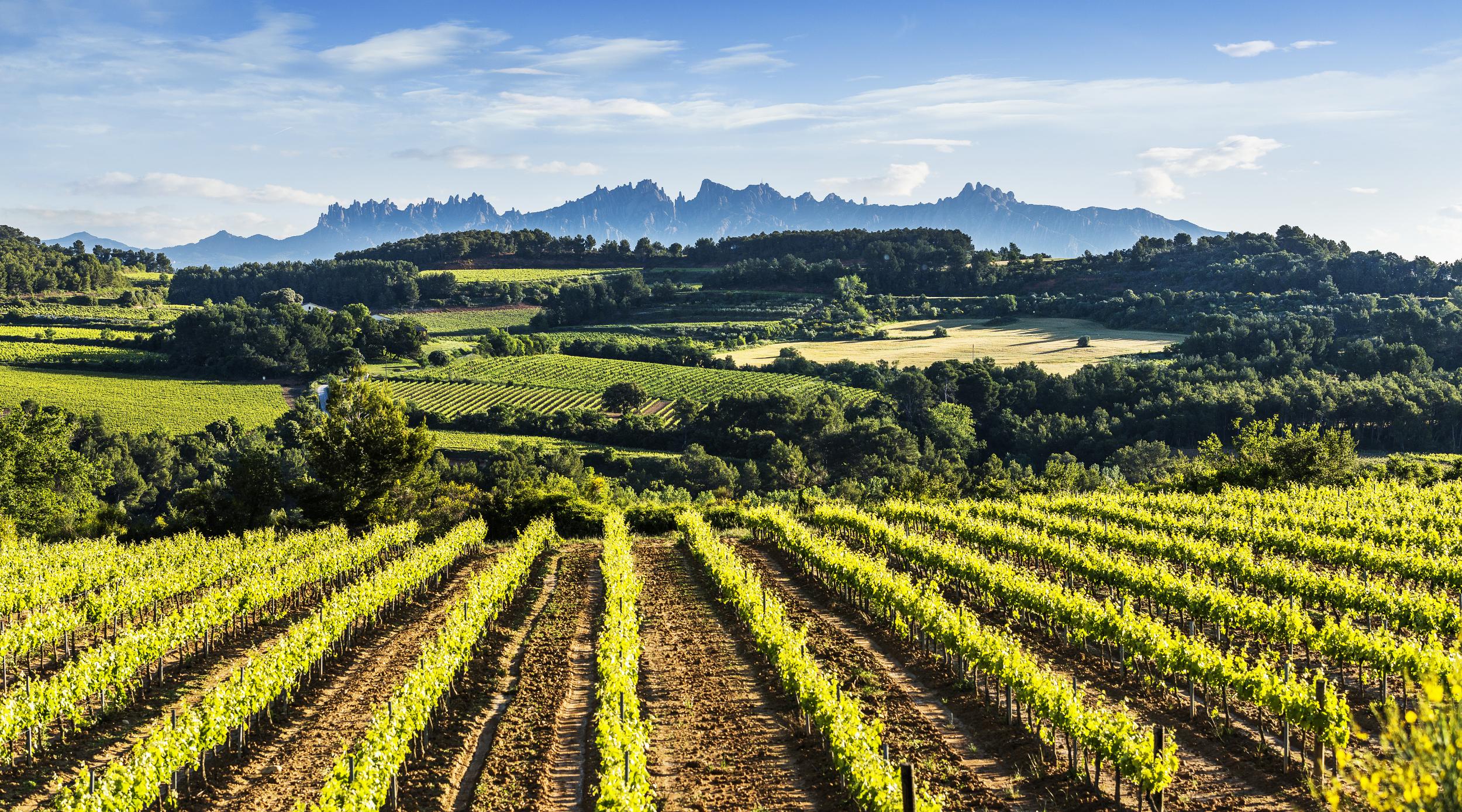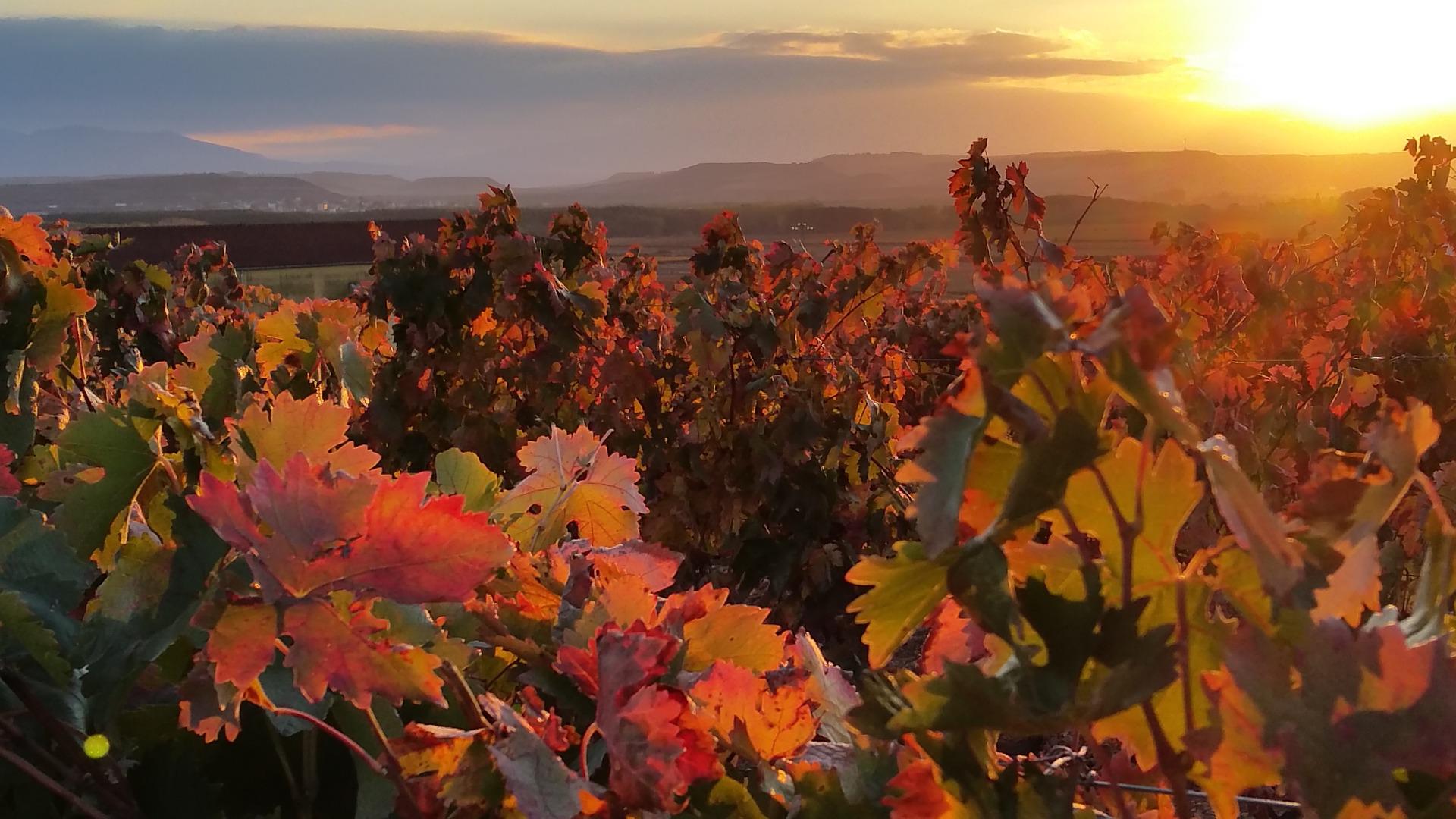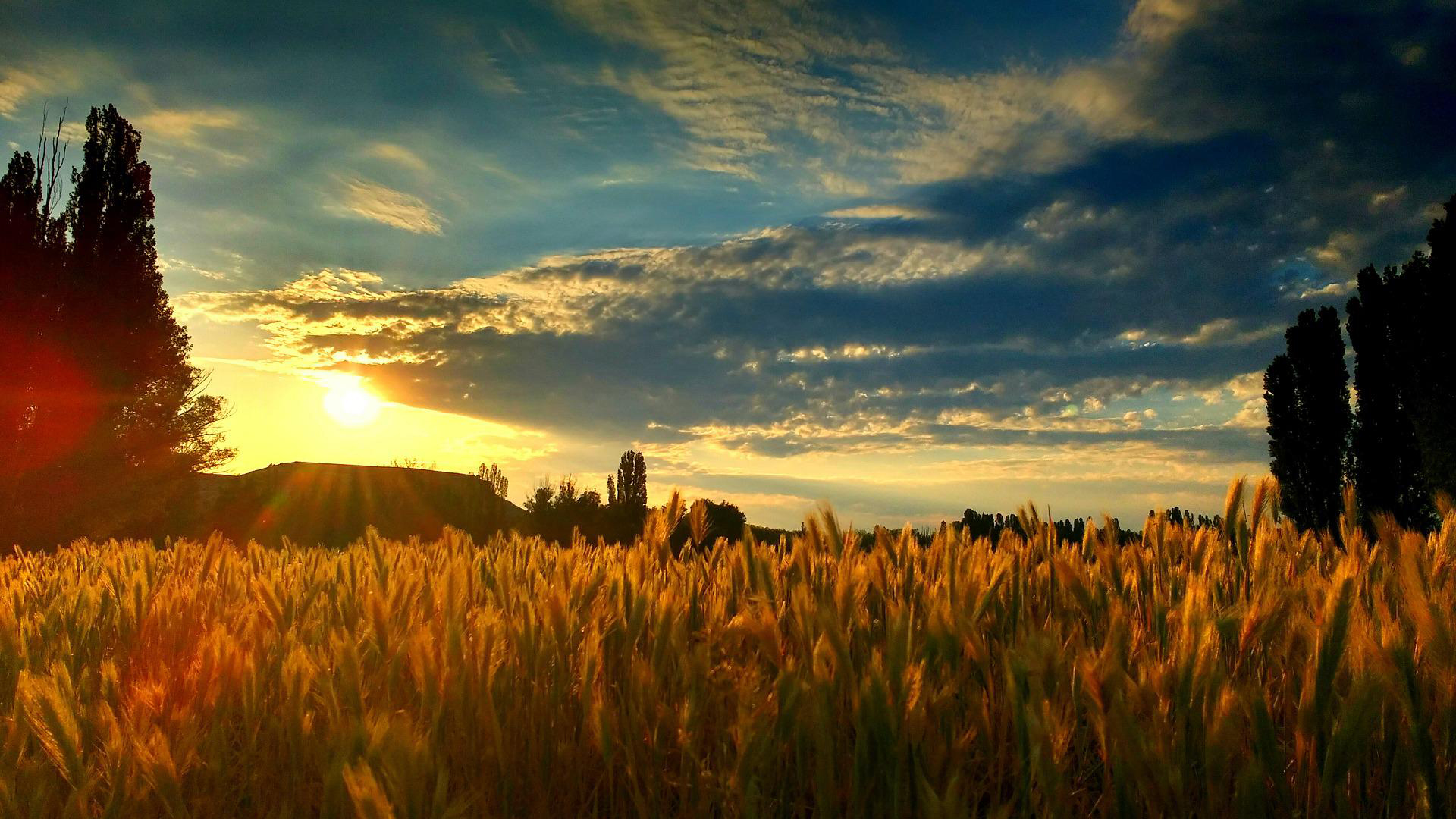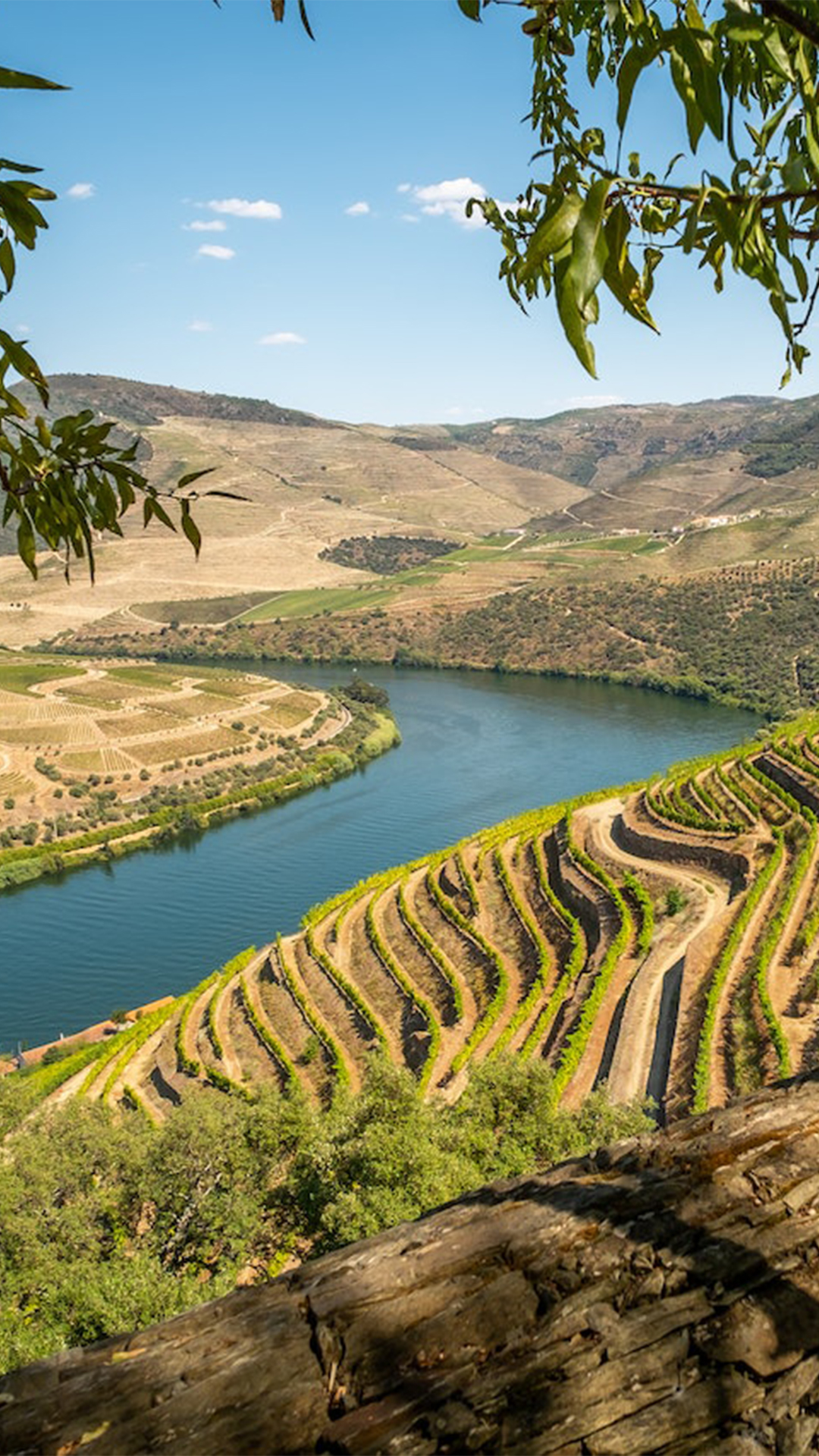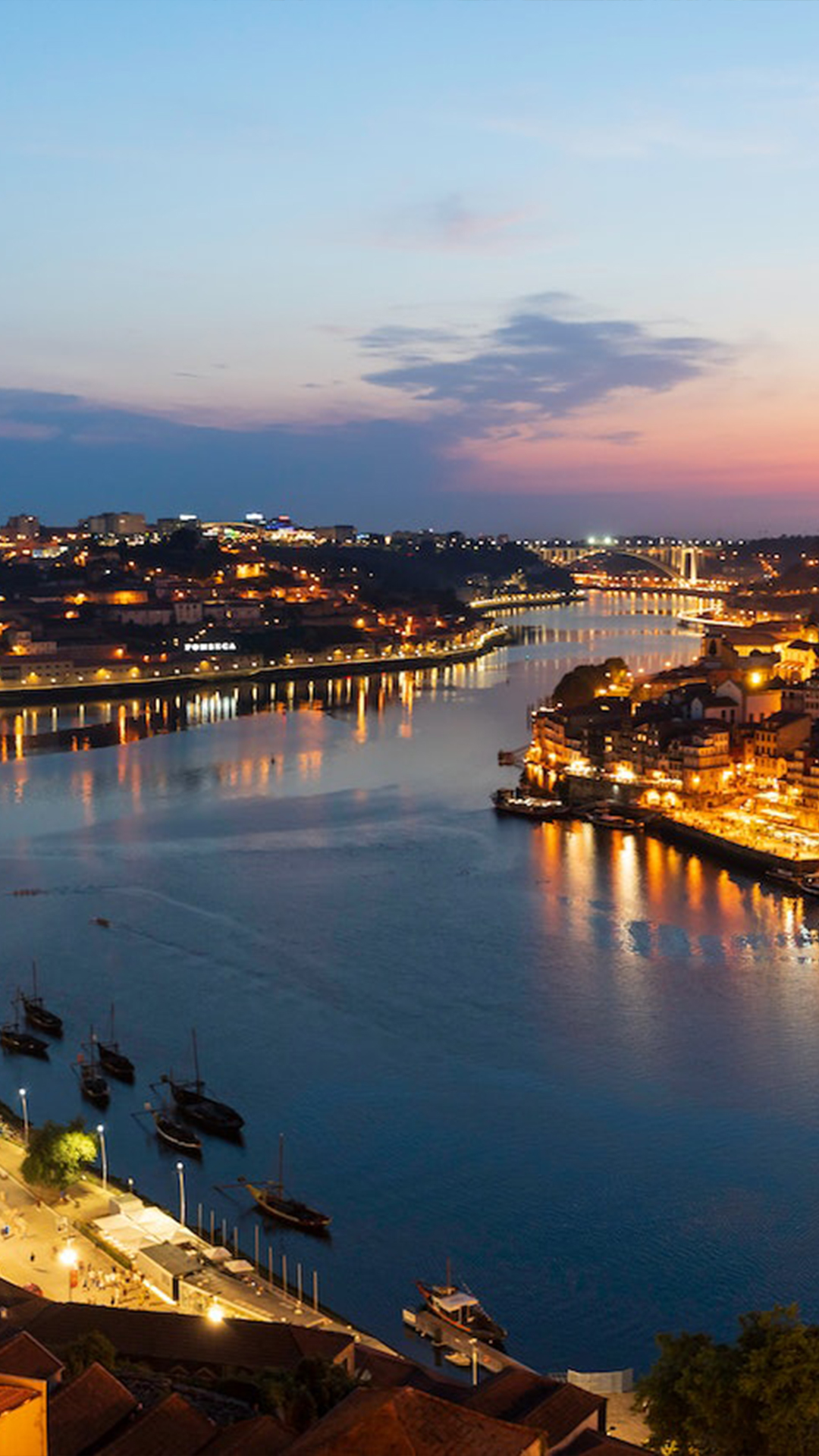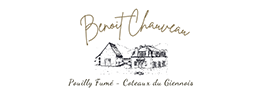Happy holidays from the countryside in France! The 2022 is almost finished and I would like to thank all Travel & Wine’s partner wineries in France and in Spain for the past year. I look forward to continuing worki...
PORTUGAL
A True Wine Immersion In The Heart Of Portugal!
Portugal is known for having some of the oldest wine traditions in the world dating back thousands of years. There are 14 total regional wine areas including the Azores and Madeira Islands. While Porto may be the best known of these areas, due to its long history producing Port wine, there is so much more to explore that one can feel overwhelmed. There are over 250 indigenous varieties!). Let Travel & Wine guide you and join us on a wonderful journey through the most prominent wine regions of this beautiful country.
From Porto we will take you to one of the most important wine regions: Vinho Verde. Mostly known for its white wines, the region is producing fantastic reds as well. While in Porto, you will also have the opportunity to discover one of the oldest and most famous wine regions in the world: the Douro Valley. The Douro has been a Unesco World Heritage site since 2001 and offers breathtaking landscapes while sailing down the Douro river on a typical Rabelo boat, enjoying their world renowned Port wines.
From Lisbon, let’s go to the Alentejo wine region where you will experience the beautiful countryside and discover the “Talha” wines. This wine making technique was developed by the Romans, who were producing their wines in clay amphoras called Talhas. This fascinating wine making process is alive and well today in the Alentejo region.
Another wine region close to Lisbon is Tejo, known as “The Garden of Portugal” for its production of fruits, vegetables, olives and, of course, grapes. Tejo offers a variety of high quality wine styles. Portugal has a lot to offer: from amazing gastronomy to exceptional wines. Come experience Portugal’s rich culture , incredible food, exceptional wines and friendly people. Let’s Travel & Wine together in Portugal!
If you would like more information on Portugal or a custom tour, please contact me at sophie@travel-wine.com.
Obrigada!
Destinations
Spanish Wine Regions
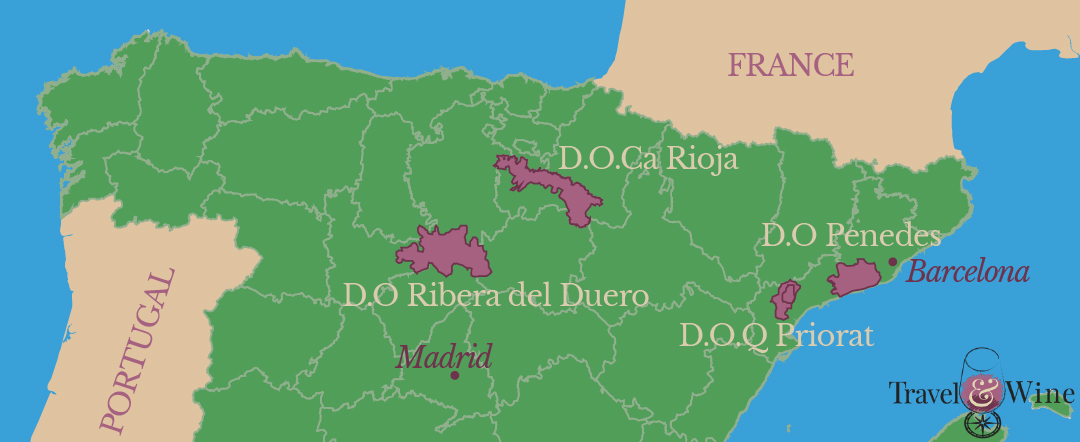
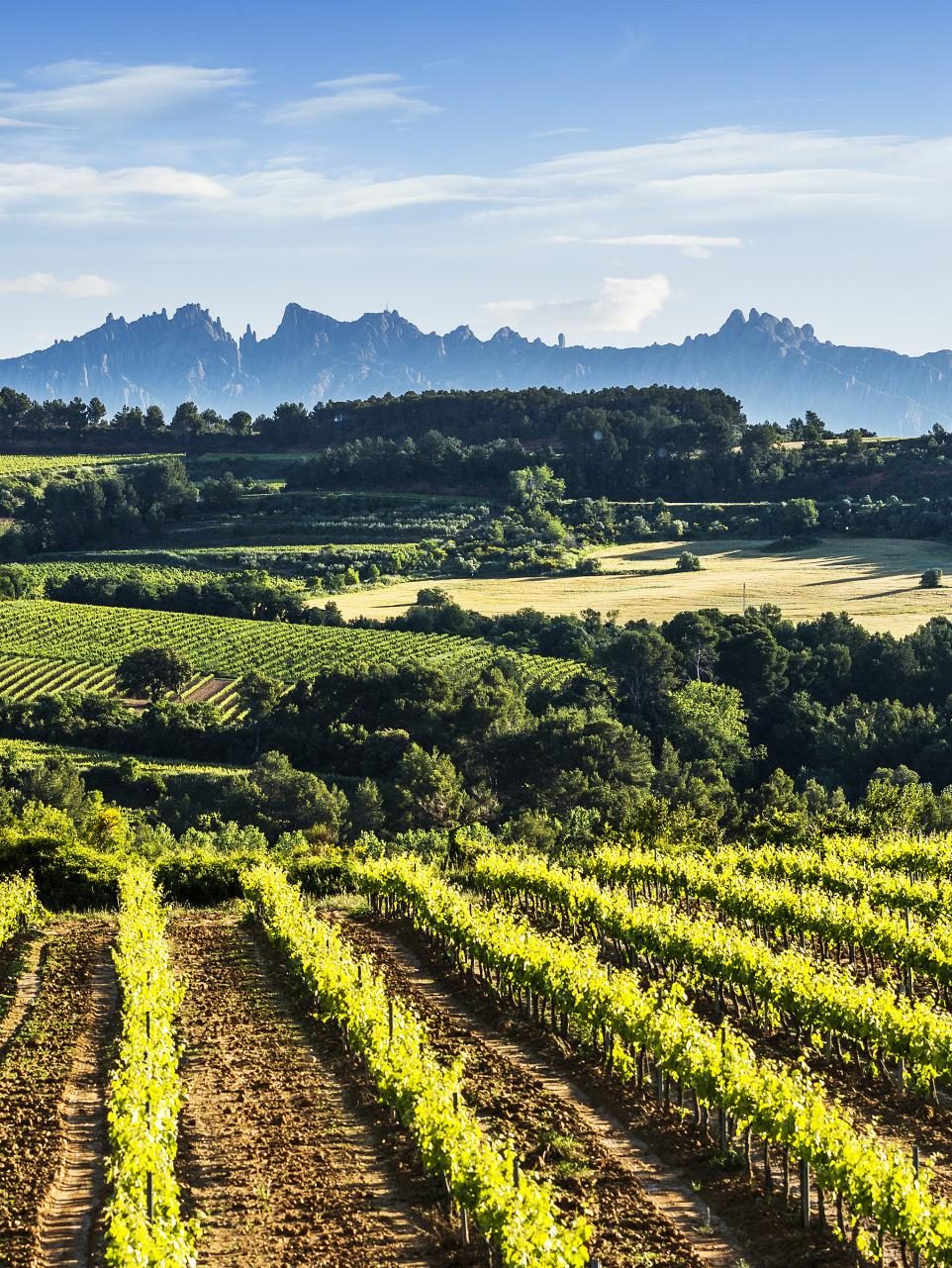
The D.O Penedes
Penedès is one of the most famous white wine regions in Spain. It is located in the Catalonian countryside just southwest of Barcelona, encompassing two important coastal provinces; Barcelona to the north and Tarragona to the south.
The region boasts three different wine appellations (AOC); Cava, Corpinnat and Classic Penedes. With its quaint villages and scenic mountain views, think of Penedes as Spain’s equivalent to the Champagne region of France. Although most of the varieties planted in Penedes are white, this easily accessible wine region is becoming well known for both red and white wines of exceptional quality.
Ideal for a day tour from Barcelona, Tarragona or Sitges, please join me sophie@travel-wine.com for stunning views and an exciting tasting experience!

The D.O.Q Priorat
The D.O.Q. Priorat (Denominació d’Origen Qualificada) includes 11 municipalities in the province of Tarragona, to the immediate southwest of Barcelona.
D.O.Q. Priorat produces primarily powerful red wines, which came to international attention in the 1990s, but now its whites are being noticed as well. The area is characterized by its unique terroir (the combination of factors including soil, climate, and sunlight that gives wine grapes their distinctive character) that includes black slate and quartz soil known as llicorella. This high concentration of minerals gives the wine a ripe and warm fruitiness with powerful cherry, tar and licorice notes.
Priorat has been home to wine-making since the 12th century, when Carthusian monks first settled and planted vines on the surrounding hillsides at the Priorato Scala Dei Monastery.
Alongside world-famous Rioja, Priorat is one of only two wine regions in Spain to carry the D.O.Q label. This is the highest label that wines can receive in Spain, so many collectors consider wines from Priorat to be some of Spain’s most elite.
Only 1h 30m from Sitges or Barcelona, this is another perfect day tour, and a required destination for the true wine connoisseur. Please join me sophie@travel-wine.com for this truly unique tasting experience!
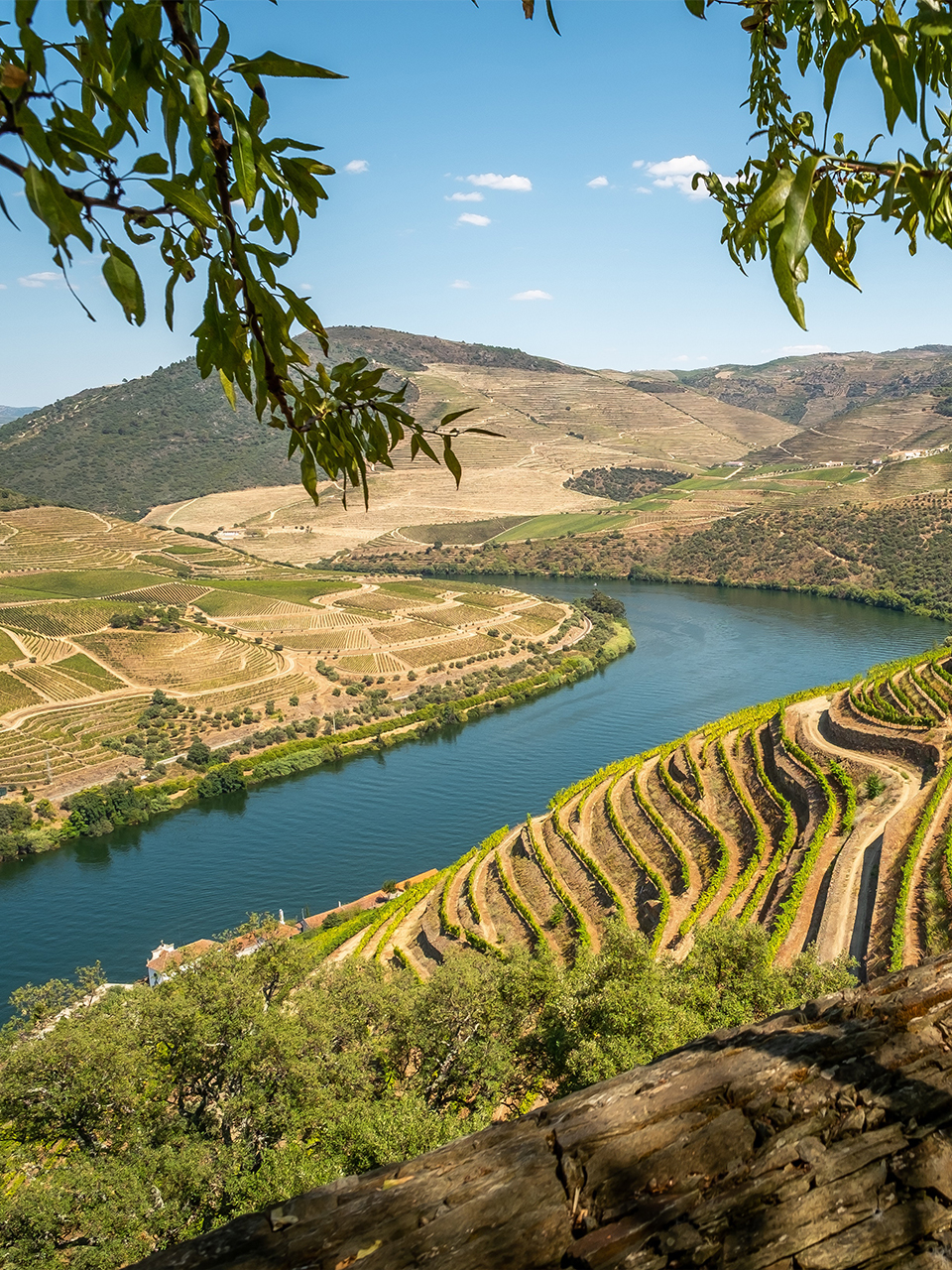
The D.O Ribera del Duero
Only 2 hours north of Madrid you’ll find the wine region known for producing the best Tempranillo-based wines in the world. Ribera del Duero is located on the elevated northern plateau of the Iberian Peninsula at 800 meters (2800ft) above sea level within the autonomous regions of Castile and León.
Ribera del Duero literally means “Bank of the Duero” as the Duero River divides the region and also provides the local vineyards with their much-needed water supply. The Duero River is also home to nearby Portugal’s premier wine region. Although it’s name changes to Douro, you know it best as home to world-famous port wine and Portugal’s best red table wines.
The Ribera del Duero Region is also a DO (Denominación de Origen Protegida), part of Spain’s regulatory system used to label foodstuffs such as cheese, honey and meats that can also be applied to wines. Today, Ribera del Duero is almost entirely devoted to red wine production. Tempranillo is the most widely planted grape variety, known locally either as Tinto Fino or Tinta del Pais. These uvas (Spanish for grapes) produce wines which are deeply colored, with a firm tannin structure and complex aromas of dark fruit.
Our tour includes three winery visits and tastings per day, a private driver and a private guide/translator who will make sure that you won’t miss a thing as you learn about the wines, history and culture of the region. Lunches will be hosted at the wineries or a local hotspot!
Travel & Wine will also take care of your accommodations which can include boutique hotels, historic castles, or even reformed convents. Contact me sophie@travel-wine.com and the choice is yours!

The D.O.Ca Rioja
‘La Rioja’ is probably the oldest and the best known winemaking region in Spain, and this is most likely because Rioja has been a model region; constantly modernizing itself and continually adapting to the demands of wine making today.
Along with Priorat DO, Rioja is one of only two D.O.Ca. (Denominación de Origen Calificada or “Qualified Designation of Origin”), the highest category in Spanish wine regulation. Over 600 wineries call Rioja home, with the main varietal being Tempranillo. Although the region is mostly famous for its red wines, 10% of the production is dedicated to white wine and rosé as both the reds and whites from Rioja are unquestionably astounding.
Rioja’s grapes are grown in the autonomous communities of La Rioja, Navarre and the Basque province of Álava. Rioja is then further subdivided into three zones; Rioja Alavesa to the north, Rioja Alta to the northwest and Rioja Oriental to the east. Many of Rioja’s wines have traditionally blended fruit from all three regions, though there is slow but increasing interest in single-zone wines.
Among quality wine regions, the Rioja brand is one of the five most widely-recognized throughout the world, so a visit to Rioja while in Spain is practically required! There are many interesting sites to visit connected by stunning views of dewy vinyards at sunrise.
Points of interest include Logroño, its stone bridge and the Santa Maria Cathedral, Nájera with its river, monastery and caves and Laguardia, one of the most beautiful walled villages remaining in Spain. Also, don’t miss the stunning 21st century hotel designed by internationally renowned architect Frank Ghery for Marques de Riscal as it glistens at sunset in picturesque Elciego.
Ready to visit Rioja? Four hours from Barcelona and three hours from Ribera del Duero, it is a required destination for the novice and the true wine connoisseur. Please join me sophie@travel-wine.com for this important wine experience!
French Wine Regions
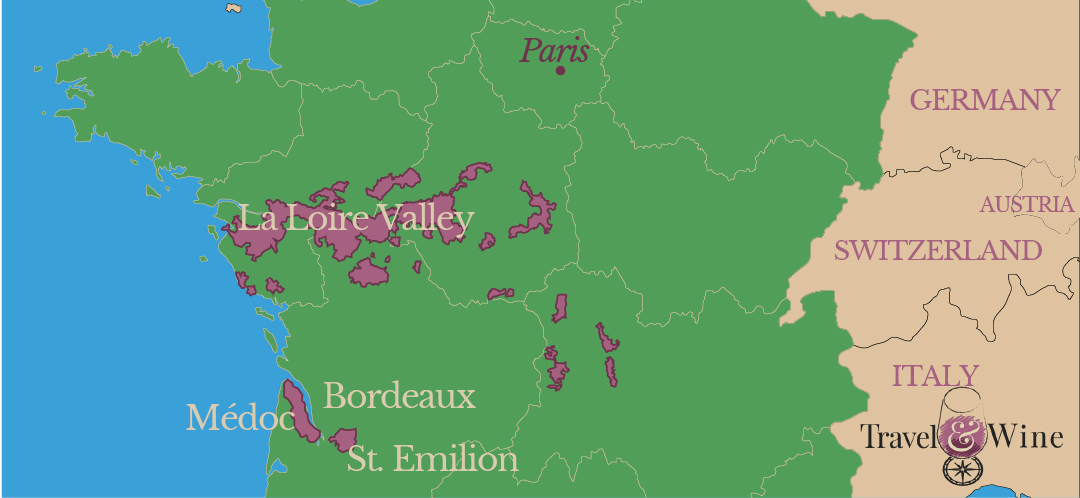

The Loire Valley
The historic Loire Valley is located along the Loire River in central France. Also called The Cradle of the French or The Garden of France, it is home to an abundance of vineyards, fruit orchards and fields of artichoke and asparagus lining the wandering banks of the river.
In fact, there are 69 AOC (Appellations d’Origine Contrôlées) wines that originate in the Loire Valley; Sancerre, Puilly Fumé, Vouvray, Bourgueil, Touraine and Chinon just to name a few.
Famous, in particular, for its dry white wines (Sauvignon Blanc and Chenin Blanc), the Loire Valley is also home to France’s second largest sparkling wine producer, Crémant. Additionally, many wonderful rosé and red wines are produced in the region using grape varieties such as Gamay, Pinot Noir, Cabernet Franc and Cabernet Sauvignon.
Did I pique your interest? For more information, please contact me sophie@travel-wine.com. I would be delighted to organize an a la carte tour depending on your interests and taste in wines.

Bordeaux
I have three words to characterize Bordeaux: Wine, Food and Architecture.
An old port city, located on the Garonne river in Southwestern France, Bordeaux is the sixth-largest city in France, and this city has it all!
Apart from Bordeaux being the hub of the famed wine-growing region, after Paris, Bordeaux has the highest number of preserved historical buildings of any city in France. Over half of the city is listed as a UNESCO World Heritage Site. From the outer boulevards to the banks of the Garonne, public gardens line the curving river quays. One of the best ways to discover Bordeaux is by driving a typical small French car – such as a Citroen 2CV – through it’s streets and, if you do, a lot of fun and laughter is guaranteed!
Known specifically for its Gothic Cathédrale Saint-André, magnificent 18th and 19th century mansions and notable art museums such as the Musée des Beaux-Arts de Bordeaux, it’s best known landmark – The Grand Place de la Bourse – is centered on the Three Graces Fountain, overlooking the famous Miroir d’Eau reflecting pool. This is a must-see.
Also not to be missed is “La Cité du Vin”, one of the most complete wine museums I have ever visited. Being at the center of a major wine-growing and wine-producing region, Bordeaux remains a prominent powerhouse and exercises significant influence on the world wine industry today. La Cité du Vin is set within an evocative architectural design and offers visitors a unique experience where wine and wine making comes to life through an immersive and sensorial approach, giving you a different view of wine across the ages, across all cultures and across all civilizations throughout the world.
And, from Bordeaux, it is also very convenient to experience several wine tastings in the Medoc and St Émilion wine regions, which I will discuss shortly.
On the Bordeaux tour you will have the opportunity to taste amazing wine, eat sumptuous food, admire magnificent architecture and relive a bit of history. Come and experience all that Bordeaux and the region has to offer. Please join me sophie@travel-wine.com for this incredible wine, food and travel experience!

Médoc
Wedged between the Atlantic coastline and the broad Gironde estuary, the Médoc is effectively a peninsula. It extends 80 kilometers (50 miles) northwest from Bordeaux to the Pointe de Grave. Together with the Graves and Pessac-Léognan – to the south of the city – it makes up what is known as the Left Bank of the Bordeaux region.
Located on the 45th parallel, the Médoc Peninsula is rich with coastal lagoons, sand dunes and pine forests, but it is best known as a global wine powerhouse. It’s vineyards are mostly used for the growing of Cabernet Sauvignon grapes, and it is home to four of the world’s most prestigious wine villages; Pauillac, Margaux, Saint-Estèphe and Saint-Julien, where many of the world’s most expensive wines are made.
The Médoc region is divided into three sections: the Landes du Medoc, the Bas-Médoc and the Haut-Médoc. Practically no grapes grow in the Landes du Médoc but the pine trees that grow there protect vineyards in other sections of the Médoc from the cold. The wines made in the Bas-Médoc, although slightly less prestigious than the wines from Haut-Médoc, are still considered high quality wines. The Haut-Médoc produces the best Médoc wines, as there is no other place in the world where so much high quality wine is produced ‘per acre’ as in Haut-Médoc.
Looking for some sand, sun and surf? There are incredible beaches at Carcans on Lake Hourtin and if you’d like to feel the wind in your face, drive along France’s D2 highway; the famous ‘Route des Châteaux” on the Médoc peninsula. Encased on both sides by row upon row of vineyards as far as the eye can see, the names on the road signs you’ll pass tick off a fabulous list: Margaux, Latour, Lafite and Mouton Rothschild to name a few. Along the way you’ll encounter many wonderful stops with food, wine tastings, local fare and joyous music.
Please join me sophie@travel-wine.com on the Médoc Peninsula as part of an unforgettable Bordeaux experience!
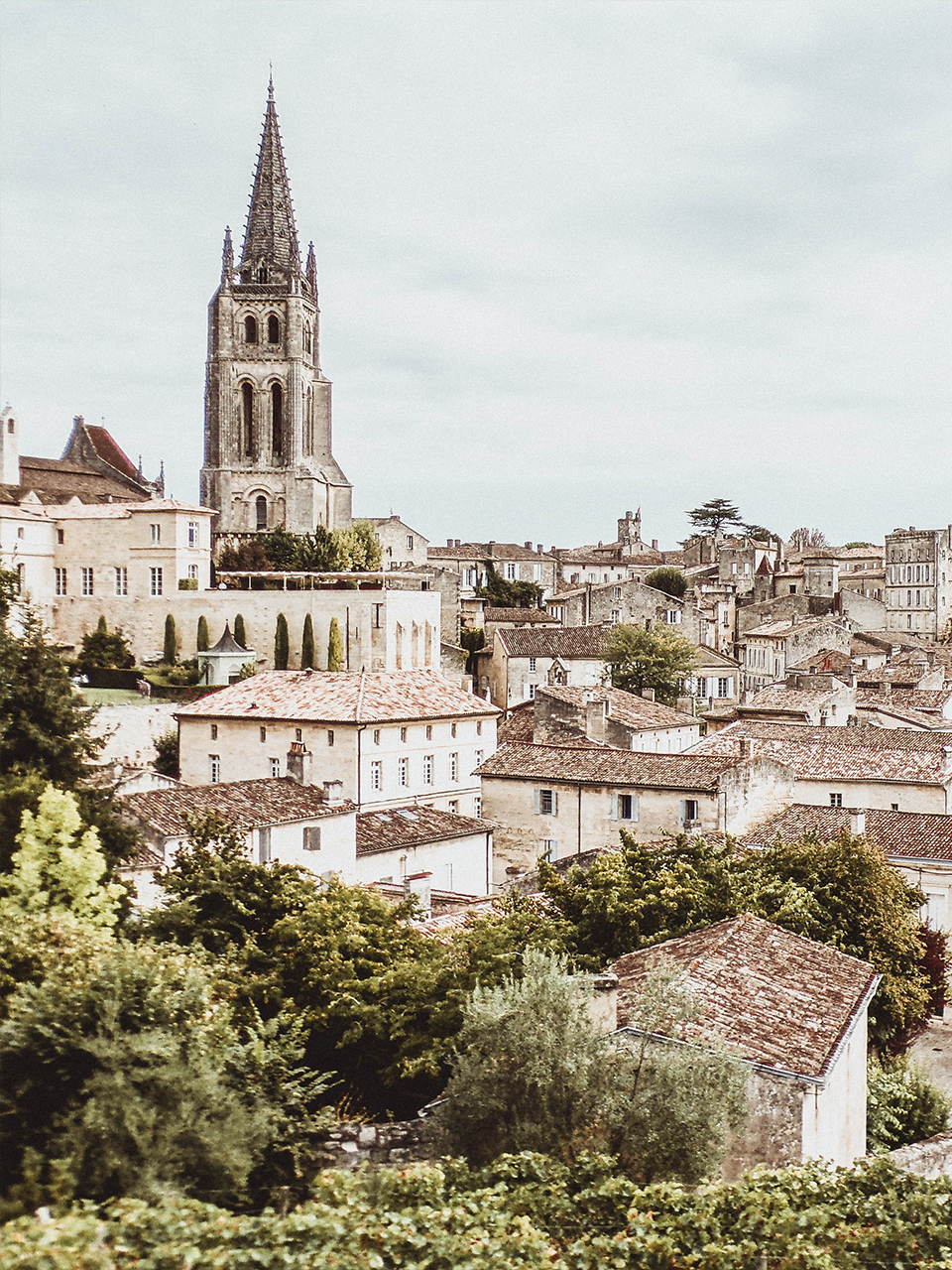
St Émilion
Two thousand years of history between men and vines are waiting for you in the village of Saint-Émilion; a remarkable example of a historical vineyard that has stood the test of time through the ages and still stays very much the same today.
Saint-Émilion is a charming medieval village located in the heart of the famous Bordeaux wine regions. The town of Saint-Émilion was very wealthy in the Middle Ages, surrounded by vineyards and wineries. Legend tells us about a monk who came to seek refuge and reflection in one of the natural caves of Ascum, the former name of Saint-Émilion, in the 8th century.
This monk’s name was ‘Émilion’ and, while living his life as a hermit of sorts, he accomplished several ‘miracles’ (as determined by the local residents!) and soon became famous both within the region and outside its borders. Disciples came to the caves to follow him, and with their help he evangelized the area, and the town became a great religious center. After his death, the townspeople carried on his legacy and eventually renamed the town ‘Saint-Émilion’ in his honor.
Saint-Émilion owes the exceptional diversity of its wines to great soil with a complex geology (sands, clay, limestone) and a microclimate that is perfectly suitable for winemaking.
This association of terroirs (the combination of factors including soil, climate, and sunlight that gives wine grapes their distinctive character) provides ideal conditions for the nutrition and the maturity of the different blends of grape varieties. The region almost exclusively produces merlot varieties blended with cabernet franc, cabernet sauvignon or malbec. These varietals allow Saint-Émilion wines to have a wide range of aromas and flavors particularly appreciated by red wine lovers.
To complete your Bordeaux experience, please join me sophie@travel-wine.com in Saint-Émilion!
Thousands Of Experiences
“We loved every minute”; Inger Lise Brimsø Systad, Norway.
We spent a long weekend in Sitges and our guide for the weekend was lovely Sophie. The service was amazing from the minute we arrived at the airport until we left. We have travelled a lot around the world as a group and have had many nice guides, but Sophie provides the little extra. Every thing was very well organized from the welcome to the wine tours and of course the unforgettable private lunch with Amanda. The day trip up to Priorat was just outstanding and we got a very good feel of how the wines are made and Sophie made sure that we not only learn about the wines, but also have fun and eat good food. The private lunch she arranged with Amanda was the highlight of the trip, not only did we taste amazing food, but we also took part in the cooking of the meal which was a highlight for me who loves to cook food myself. The cake we had for dessert has already been served to both colleagues and family. Thank you again Sophie, we loved every minute and you made us feel very welcome and you also shared a lot of you knowledge about the area, wines and culture in general. Looking forward to maybe seeing you again sometime in Norway maybe:)
“A day in Priorat with Sophie”; Norman Bouton, San Francisco
Sophie picked us up at our hotel in Barcelona at 8:30 am for a drive to a wine region I had been wanting to visit for a very long time. This trip was way beyond anything I could have hoped for. The countryside is spectacular and the two wineries we visited were each very different from one another as were the personalities and wines of each. Sophie was the glue that stuck it all together. This was not at "tire-kicker" wine tour. She was wonderful, knowledgeable, passionate, enthusiastic, personable and a great travel companion. I can only believer that Sophie will do a fantastic job for anyone, no matter what the subject of the tour.
“Perfect Tour of Cava Wine Country with Sophie”; Erika Godell, Charlottesville, VA
We strongly recommend Niso Wine Tours! Booking online from the USA was easy - we did have to contact our bank to verify the payment, due to online protection but that was only one phone call. In Barcelona, Sophie picked the three of us up at our rented apartment on time, and during the short 45 minute ride to the Cava Region of Penedes explained the wines we would be tasting. We had a fantastic tasting at three different wineries. The first was possibly our favorite - we had a lovely tour and tasting which included some food pairings that were wonderful. Very beautiful winery! The owner happened to be at the tasting room who we were able to meet. Now we are back home and enjoying reading his book "Cava Where are You Headed"! Our second stop was an organic Cava winery that was also in a beautiful location. We were able to climb up stairs for a fantastic view of the vineyards and countryside. We loved the tasting there as well! After the second tasting Sophie took us to a wonderful restaurant "Cal Xim" where we enjoyed a lunch of grilled artichokes, grilled duck and lamb. Very relaxing, super service and delicious lunch sitting outside in the sun. The third tasting and tour were equally excellent. We enjoy these tastings so much more than home in the USA - where one usually stands at a tasting bar and no food is normally offered/allowed! The wineries where Sophie brought us all offered a walking tour, and a seated tasting. Two of them offered either pairing of food or wonderful cheese, olive oil and dry sausage. It is a wonderful way to enjoy and learn about wine. We much prefer to book private wine tours such as Niso Wine Tours so that the itinerary can be created for us and our interests in wine. Thank you, Sophie, so much for a wonderful day!
“Excellent options, very well organized”; Denisse Asurmendi, Houston Texas
Sophie is way beyond a tourist guide. She was able to make a private tour for 7 people, from different Countries and expectations. Excellent options, very well organized. Sophie is very professional, but besides that you can tell how much she loves what she does. I will recommend without a doubt working with her in the future.
“Private, without any other visitors “; Luke Teo, Singapore
It was an out of world experience for us. Sophie personally guided the tour and brought us to four wonderful wineries including a fantastic lunch at a beautiful small town. The tours were private without any other visitors and we had 100% attention from the vineyard owner/Manager. The wineries selected by Sophie were top grade and we had many beautiful bottles of wines. We also enjoyed the rest of our stay at Barcelona. Thanks to Sophie for your recommendations.
“Unforgettable experience with the amazing Sophie!”; Brandi Kyle, Portland Oregon
I would have given this 10 stars if I could. Our group of 12 booked 3 days of tours with Niso. During the planning stages, pre-trip, Sophie was by far the most responsive, most helpful with suggestions and the most professional. We knew before meeting her we were in great hands. Our days were filled with unique excursions to Tarragon, Montserrat (we convinced Sophie to ride the vehicular to the top ), amazing cava vineyard and two amazing vineyards specializing in Spanish red wines. Sophie coordinated EVERYTHING! She kept us on schedule (which was no easy task) and made accommodations when needed. Our entire group was so grateful for the epic, yes epic experiences with Sophie! She was so gracious to help us find restaraunts, ways to ship our wine and how to survive carnival! We were so sad to leave, BUT can't wait to go back. I'd recommend Sophie/Niso for any type of excursion. Thank you so much for everything!!!!!
“Best part of our vacation!”; Angie Secolo, Portland Oregon
I wish I could give Sophie ten stars instead of five. I found Sophie on Trip Advisor when I was searching for a wine tasting trip for 12 of us. She was so prompt and helpful with the planning phase, that we decided to hire her for a couple of other tours. It was the best decision we made. When it was time for the actual excursions, she made it happen seamlessly. She created interesting itineraries every day that kept our group engaged. The wine trips she organized were unique and allowed us to personally meet the wine makers and experience their passion for their craft. The wine and cava in this region are magnificent. Our excursions to Monserrat and Tarragona were memorable. Sophie arranged for Judy, a local archeologist to take us on a tour that brought the city's history to life. Lunches were in local restaurants that we would not have found on ourselves and they were delicious. In summary, Sophie made our trip more meaningful than we could have ever done on our own. She is so friendly and engaging. We couldn't have had a better guide and now a wonderful friend!
“Wine tasting tour of the Ribera Del Duero and Rioja in northern Spain”; Greg Mc Oklahoma City
My wife and I went on a Wine Tasting trip that started in Madrid, and then went north to northern Spain where we had 3 days in the Ribera Del Duero area and then 3 days in the Rioja area. Travel & Wine organized our entire 11 day and 10 night excursion. Travel & Wine did such an excellent job of setting us up with hotels near the center of Madrid, Penafiel, and Logrono. We were so very fortunate that all of the arrangements where taken care of. These wonderful arrangements included local guide, drivers, wine expert driver/guides and reservations at some of the best Wineries in northern Spain. I would highly recommend Travel & Wine to anyone who want to learn about and taste Wine in Spain.
Please, join me!
The Log Book
A great evening in South of France at atelierfranck, great art, fun company and some Saumur Champigny to get a pre-taste of the wines of the Loire Valley! ...




